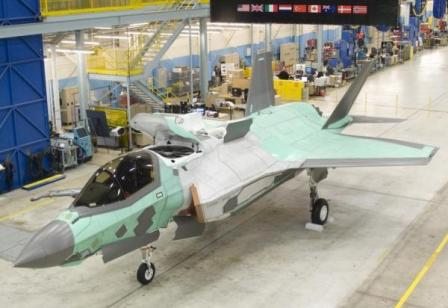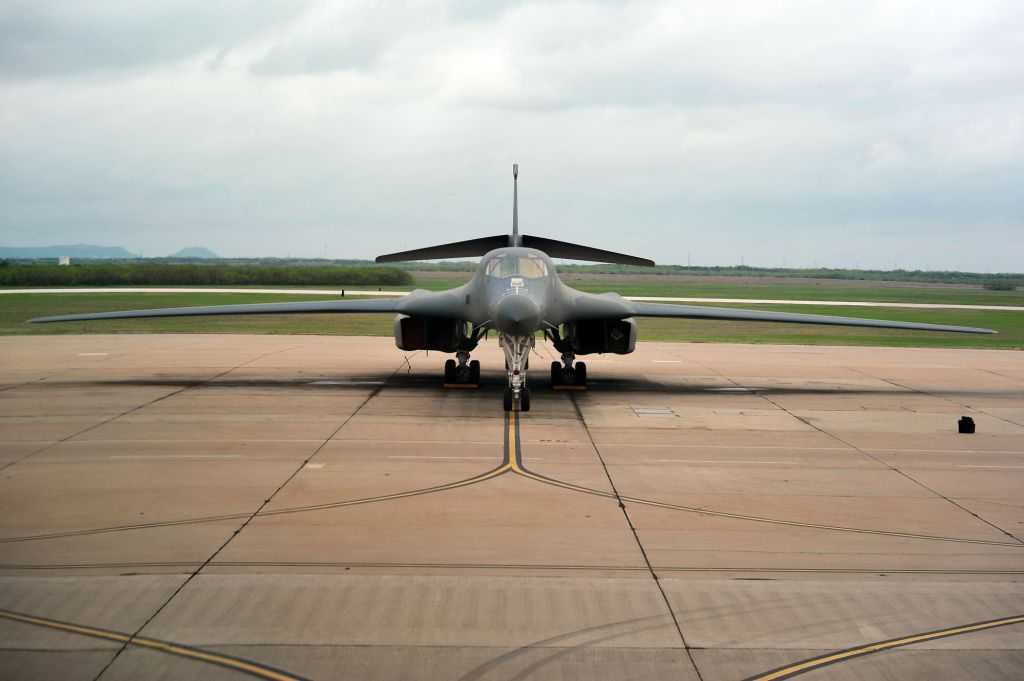Canada’s CAD9 billion ($9.1 billion) effort to procure 65 F-35 Joint Strike Fighters and associated equipment remains a significant source of controversy within the Canadian government.
The plan was approved by the Conservative government, though opposition parties have expressed their desire to terminate the acquisition effort in favor of carrying out a competition for an aircraft to replace the Air Force’s CF-18s. Officials from the Department of National Defence (DND) have suggested that doing so could cost upward of CAD1 billion in the long run.
Some critics are also unhappy over the number of aircraft included in the deal. Canada initially planned to buy 80 F-35s, though the figure was reduced to 65 before a contract was signed. The government argued that, because of the higher capabilities of the F-35, fewer aircraft would be needed to replace 78 upgraded CF-18s being used now. Liberal Party Sen. Colin Kenny, who does not share his party’s views on the F-35, has said that 65 aircraft will not be enough, noting that some aircraft will be lost through attrition, and others will be needed for training purposes.
There is also lingering concern over whether the current budget will be enough if F-35 costs creep upward. Government officials have indicated that additional funds beyond the allocated CAD9 billion will not be available, meaning Canada’s procurement target could be threatened if costs go up. Ottawa is now planning to buy each aircraft for between CAD70 million and CAD75 million.
Furthermore, a recent report from parliamentary budget officer Kevin Page found insufficiencies in government data on the F-35 released to the public. He also said the government has not proved that the program will require additional funding beyond the current budget. The report covered a number of government programs, though Page said a separate report covering the F-35 would be released in the next few weeks.











